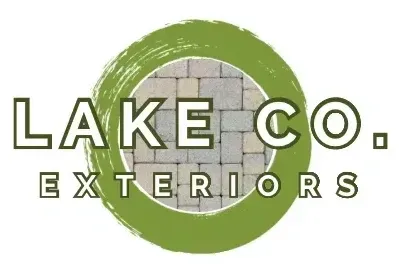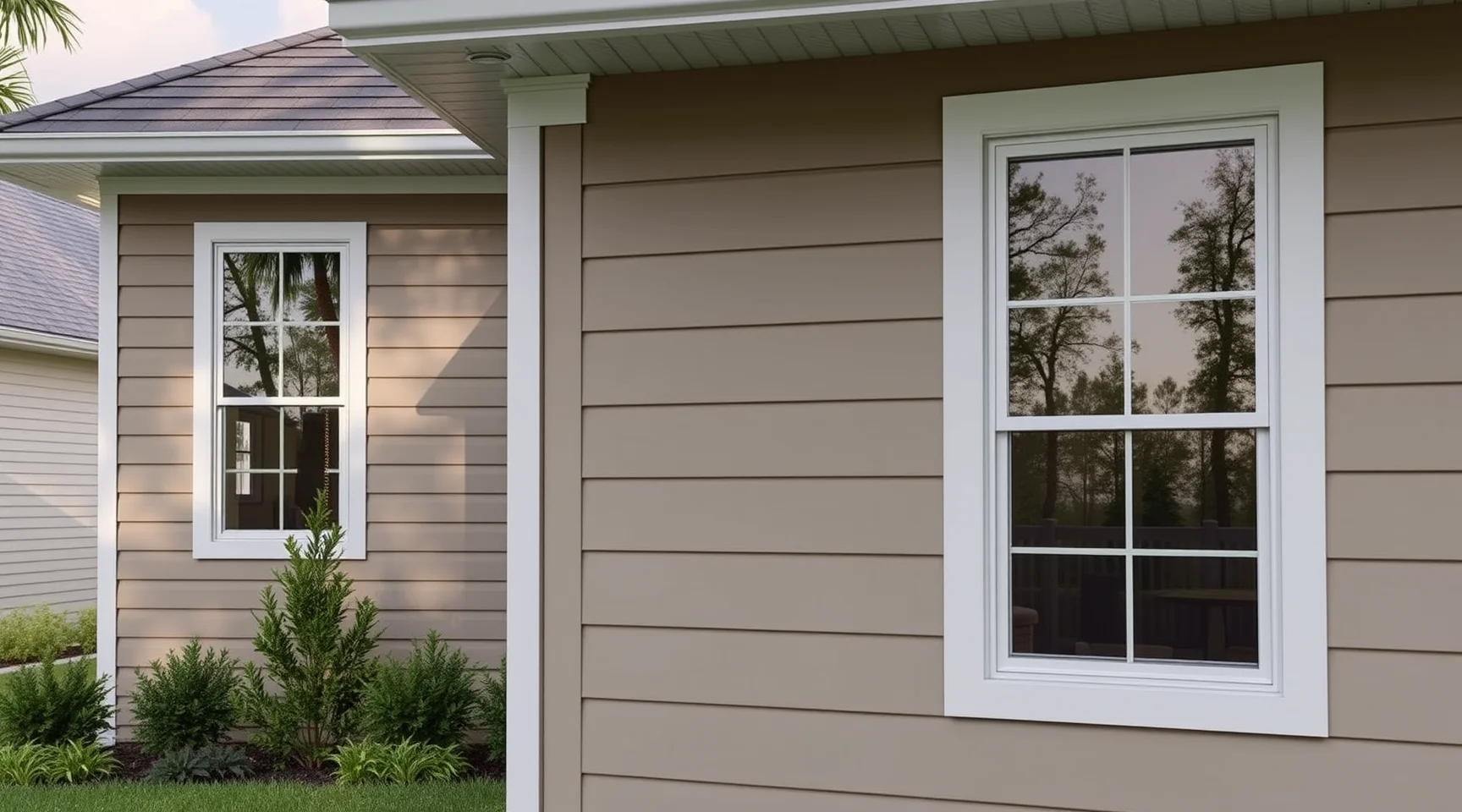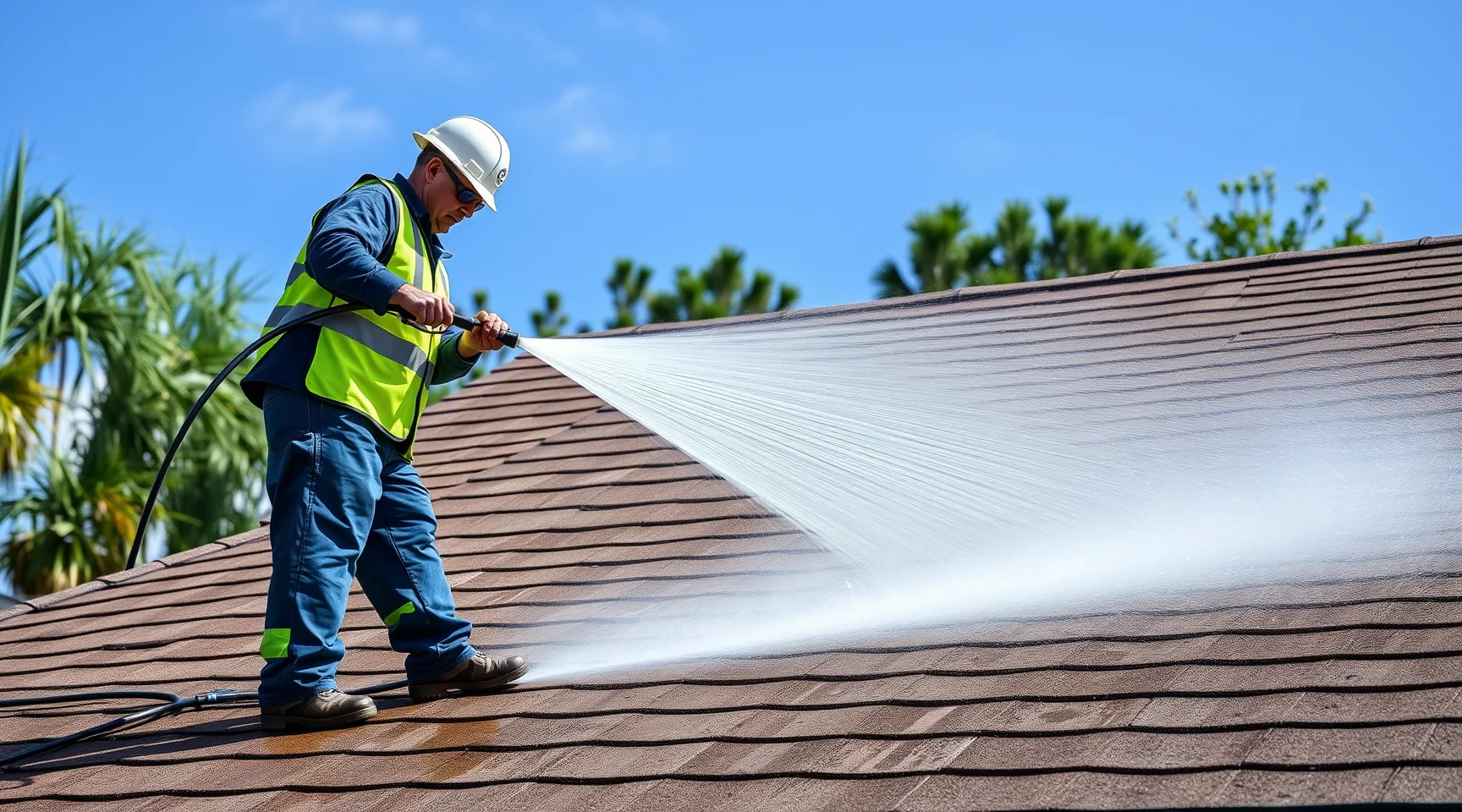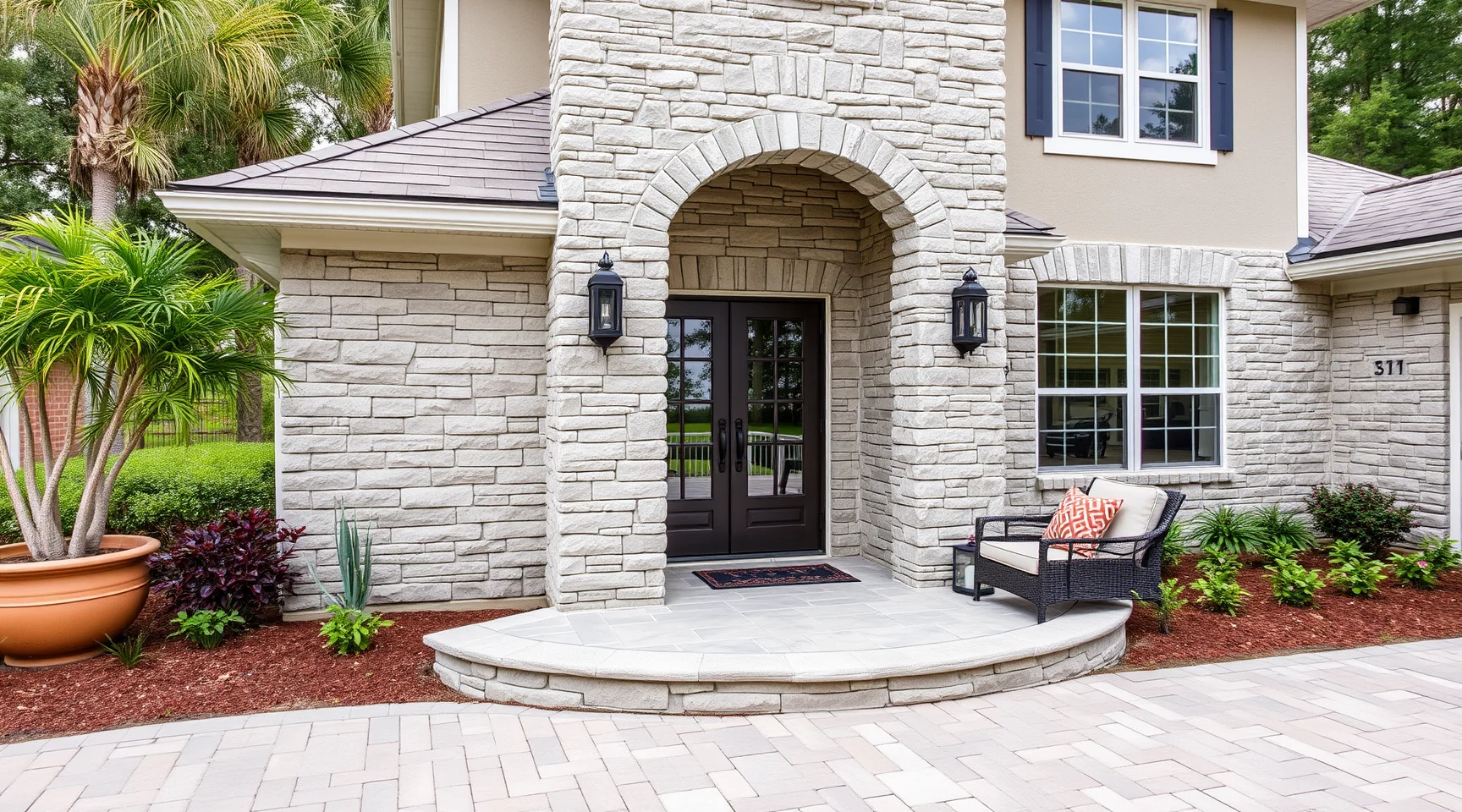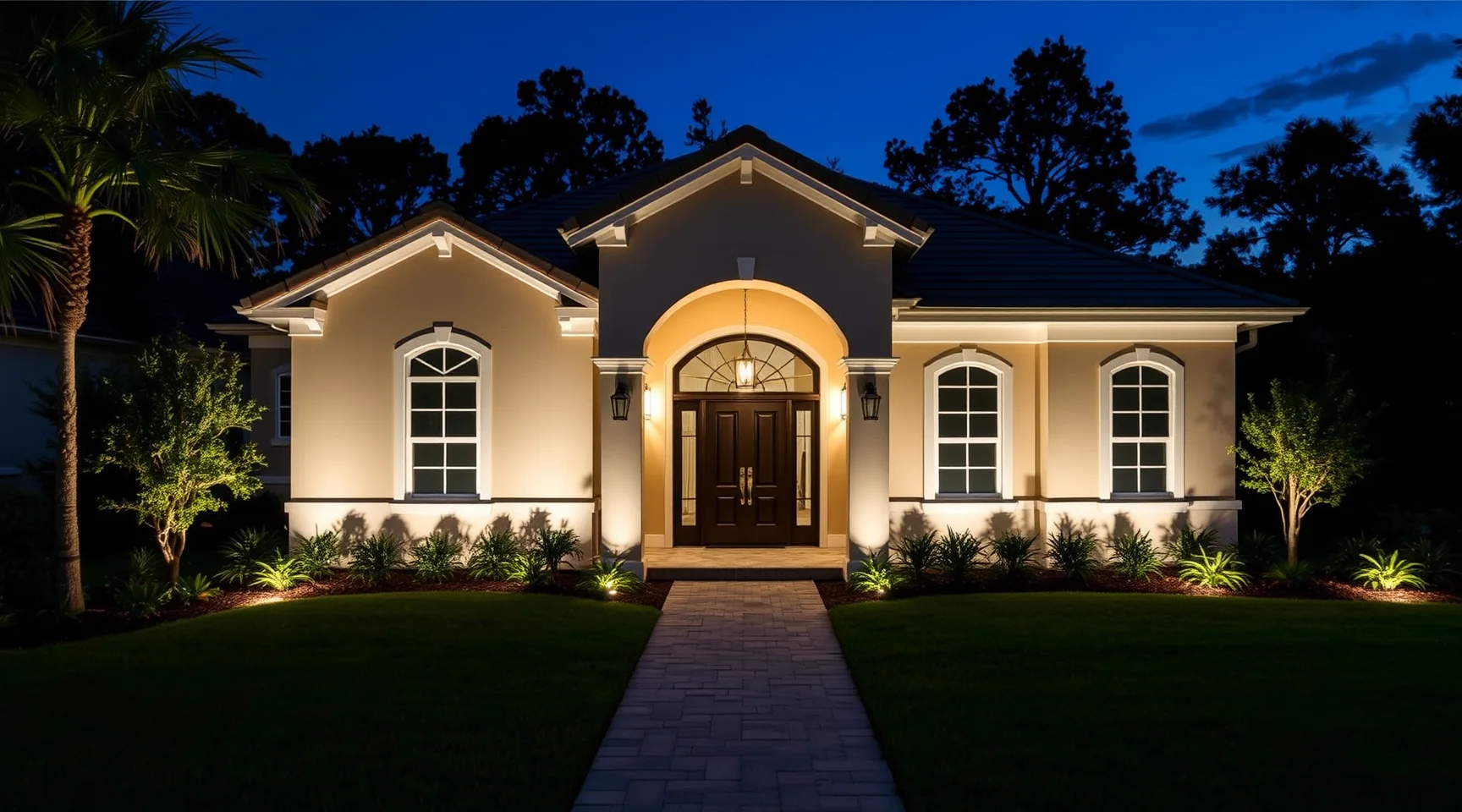
Do All Homes Need Soffit Ventilation? Essential Roofing Insights
Why Is Soffit Ventilation Important for Your Home?
Soffit ventilation plays a crucial role in maintaining the health and efficiency of your home’s roof and attic space. Proper ventilation helps regulate temperature, prevent moisture buildup, and prolong the lifespan of your roofing materials. But a common question homeowners ask is, do all homes need soffit ventilation? The simple answer varies depending on several factors, including climate, roof design, and existing ventilation systems.
What Exactly Is Soffit Ventilation and How Does It Work?
Soffit ventilation refers to the system of vents installed under the eaves—called soffits—that allow fresh air to enter the attic space. This airflow creates a natural convection process, where warm, moist air rises and exits through exhaust vents near the roof ridge. This continuous exchange is vital to prevent heat buildup and moisture problems. Maintaining a balanced airflow between intake (soffit vents) and exhaust vents is essential for effective attic ventilation.
Do All Homes Need Soffit Ventilation? Factors to Consider
How do climate and local weather influence the need for soffit ventilation?
In warmer, humid climates, soffit ventilation becomes increasingly important to prevent heat and humidity from damaging roofing materials and causing mold growth. Conversely, in cooler regions, ventilation still offers benefits by reducing ice dam formation and moisture accumulation.
Is the design and age of my home a factor in the necessity of soffit vents?
Older homes often lack adequate ventilation, making retrofit installations valuable. Modern homes are usually built with integrated venting systems, but assessing existing airflow is crucial to determine if additional soffit vents are needed.
What role does roof style and attic space play in the need for ventilation?
If your roof features complex angles, multiple valleys, or cathedral ceilings, sufficient soffit ventilation can significantly improve airflow. Attic size and insulation levels also influence whether additional ventilation enhances overall efficiency.
Could Improper Ventilation Lead to Serious Home Issues?
Absolutely. Without proper soffit and attic ventilation, your home can face a host of problems, including:
Moisture accumulation that fosters mold and wood rot
Increased energy costs due to inefficient temperature regulation
Damage to roofing shingles and structural components
Ice dam formation in colder climates, leading to leaks and ice buildup
This highlights why understanding whether do all homes need soffit ventilation is key to safeguarding your investment and home health.
What Are the Signs That Your Home Lacks Proper Soffit Ventilation?
Recognizing symptoms early can save you from costly repairs down the line. Look out for:
Persistent attic moisture or mold growth
Unusually high attic temperatures during summer
Ice dams appearing on eaves during winter
Strange odors or attic insulation deterioration
If these issues are present, it might be time to evaluate your ventilation system, and professional assessment can help pinpoint solutions.
How Do I Determine If My Home Needs Additional Soffit Vents?
What is involved in assessing existing ventilation?
A thorough inspection of your attic and soffits can reveal whether airflow is adequate. Key indicators include blocked vents, uneven temperatures, or signs of moisture damage.
Are there standard guidelines for installing soffit vents?
Yes. Installation typically involves calculating the attic space and ensuring proper vent ratios, often recommended as 1 square foot of net free vent area per 150 square feet of attic space. For detailed framing and installation considerations, visit our guide on framing for soffit installation.
Can I add soffit vents myself or should I hire a professional?
While some homeowners may handle minor installations, professional assessment and installation ensure optimal airflow and compliance with local building codes, which is especially important for complex roof designs.
What Are the Different Types of Soffit Vents and Which One Is Right for Your Home?
Options include continuous soffit vents, individual intake vents, and specialized ridge vents. Each type offers distinct advantages based on the home's architecture and ventilation needs. Consulting with an expert can help determine the most effective solution for your specific situation. Explore the latest soffit design trends for 2025 to stay ahead in home efficiency.
How Can Proper Soffit Ventilation Improve Your Home’s Energy Efficiency?
Effective ventilation reduces attic temperatures, alleviates heat transfer into living spaces, and eases the burden on air conditioning systems. This synergy results in lower energy bills and a more comfortable home environment. By ensuring proper soffit ventilation, you're taking a significant step toward sustainable living.
What Are the Best Practices for Installing Soffit Vents?
Proper installation maximizes the benefits of soffit ventilation. Consider these key points:
Accurately measure and calculate your attic’s ventilation needs
Ensure that vents are unobstructed and properly sealed to prevent pests and water intrusion
Coordinate soffit vents with ridge and gable vents to promote balanced airflow
Use high-quality materials and professional craftsmanship
For detailed guidance, see our detailed post on installing soffit exhaust vent covers.
What Are the Trends in Soffit and Attic Ventilation for 2025?
Innovation continues to shape home exterior designs. Modern soffit systems are now more energy-efficient, aesthetically appealing, and easier to install. Features like integrated venting solutions, smart sensors, and customizable designs ensure that homeowners can optimize airflow without compromising on style. To explore the latest trends and ideas, visit our post on soffit design trends for 2025.
Can Retrofitting Soffit Vents Benefit Older Homes?
Older homes often lack adequate ventilation, making retrofitting an excellent choice to improve efficiency and prevent structural issues. Installing soffit vents can significantly reduce moisture buildup and extend the lifespan of your roof. Professional guidance ensures the process blends seamlessly with your existing architecture. Learn more about siding options and cost considerations for comprehensive home improvements at our siding cost guide for Clermont, Florida.
How Do I Find Trusted Professionals to Install Soffit Vents?
It's vital to work with experienced contractors who understand local building codes and climate considerations. Inquiry about previous projects, certifications, and warranties can guide your decision. A professional assessment ensures that your soffit ventilation system operates efficiently, providing long-term benefits.
Frequently Asked Questions (FAQs)
Is soffit ventilation necessary if I have attic insulation?
Yes. Attic insulation improves energy efficiency but does not replace the need for ventilation. Proper soffit vents work together with insulation to prevent moisture buildup and temperature extremes.
How often should I inspect my soffit vents?
Regular inspections, ideally once a year, help ensure vents are clear of debris, pests, and obstructions. Prompt maintenance maintains optimal airflow and prevents potential damage.
Can poor soffit ventilation cause roof leaks?
Yes. Insufficient ventilation can lead to moisture accumulation, which weakens roofing materials and increases the risk of leaks and shingle damage.
Conclusion: Making an Informed Decision About Your Home's Ventilation Needs
Understanding do all homes need soffit ventilation is crucial in maintaining your home’s structural integrity, energy efficiency, and comfort. While every house is unique, ensuring proper attic ventilation through soffit vents is generally a wise investment. Proper assessment, installation, and ongoing maintenance are essential components of a healthy, efficient home. For personalized advice and professional installation, contact Lake Co Exteriors today. Your home’s health and your peace of mind depend on it.
